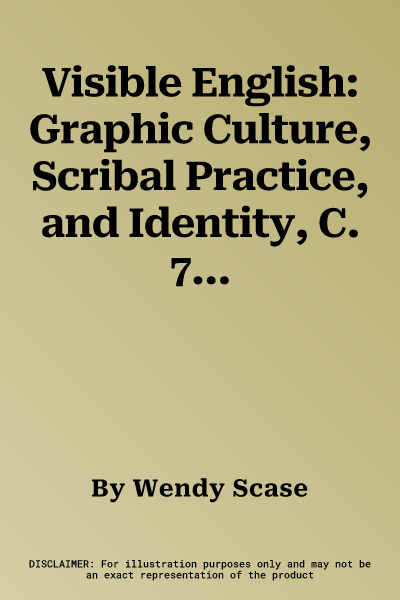Visible English recovers for the first time the experience of reading
and writing the English language in the medieval period through the
perspectives of littera pedagogy, the basis of medieval learning and
teaching of literate skills in Latin. Littera is at the heart of the set
of theories and practices that constitute the 'graphic culture' of the
book's title. The book shows for the first time that littera pedagogy
was an 'us and them' discourse that functioned as a vehicle for identity
formation. Using littera pedagogy as a framework for understanding the
medieval English-language corpus from the point of view of the readers
and writers who produced it, Visible English offers new insights on
experiences of writing and reading English in communities ranging from
those first in contact with Latin literacy to those where print was an
alternative to manuscript. Discussing a broad range of materials from
so-called 'pen-trials' and graffiti to key literary manuscripts, Visible
English provides new perspectives on the ways that the alphabet was
understood, on genres such as alphabet poems, riddles, and scribal
signatures, and on the different ways in which scribes copied Old and
Middle English texts. It argues that the graphic culture underpinned and
transmitted by littera pedagogy provided frameworks for the development
and understanding of English-language literacy practices and new ways of
experiencing social belonging and difference. To be literate in English,
it proposes, was to inhabit identities marked by Anglophone literate
practices.

